Facebook-KPMG in India announces latest ZFF Report
Facebook, today, announced the fifth and final research report for the Indian financial services industry under its programme called Zero Friction Future by Facebook IQ. Launched earlier this year, the programme aims to define, understand and mitigate friction in consumer purchase journeys to unlock business growth with use of mobile in media mix. The reports are authored by KPMG in India, based on primary research and insights based on the survey conducted by Nielsen for various industry verticals. Titled “Eliminating friction in financial services path to purchase”, the report highlights, the significant role mobile can play to increase the consumer purchase, when buying a credit card, insurance and loans in India.
Commenting on the launch of the report, Pulkit Trivedi, Director, Facebook India said “India could not be more ready for a digital revolution in financial services – with government interventions on one hand and growing consumer awareness on the other. As more and more Indians access the internet on their mobile phones, there is a big opportunity for financial companies to create a powerful digital experience that is intuitive, more seamless and free of friction points for their customers. The reports aims at assisting credit card, loans and insurance brands in designing mobile and digital driven marketing strategies which could help them in winning a greater share of financial buyers, at an improved RoI on marketing spend.”
The report suggests that in the credit cards category, ~29 per cent of consumers drop out due to friction, and nearly one-third of this friction is caused by media. As for the insurance category, ~37 per cent of consumers drop out due to friction, and nearly half of this friction is caused by media, while in the loans category, ~32 per cent of consumers drop out due to friction, and nearly one-fourth of this friction is caused by media. The study further highlights that by 2022, mobile platforms are expected to influence 8 out of 10 credit card and insurance purchases, about 6 out of 10 personal loan purchases and around 7 out of 10 other loan purchases, creating ~USD 658 billion sales opportunity for financial services brands in India.
Gayathri Parthasarathy, Head, Financial Services - Advisory, KPMG in India said, “With increased penetration of smartphones and internet, the number of mobile first customers for the financial sector is rapidly increasing. Also, with app economy gaining prominence, digital is surely bringing a paradigm shift in the way financial sector engages and services its customers today. Digital savvy customers expect a nearly seamless, device agnostic experience in their financial transactions for something as simple as seeking credit card statements/renewing insurance to something as complex as applying for and securing loans. Any inconvenience or an additional step in this path to purchase of a financial product can lead to loss of customers in this extremely competitive environment which we define as friction. The report aims to understand this very aspect for the broader financial sector inclusive of loans, credit cards and insurance sector and how mobile could help marketers reduce this friction.”
As per the report findings, mobile-enabled purchase journeys are shorter than offline purchases by 22 per cent for credit cards, 17 per cent for insurance and 8 per cent for loan categories. Mobile has the potential to reduce friction by 3 percentage points across the purchase journey for credit cards and personal and other loans, while reducing friction to 5 percentage points across the purchase journey for life insurance. The study also revealed that mobile could help brands tap into a credit card transaction opportunity of ~USD38 billion, insurance premium income opportunity of ~USD70 billion and loans outstanding opportunity of ~USD219 billion, by reducing media friction. Additionally, mobile is also expected to increase efficiency in consumer acquisition cost when compared to traditional mediums by up to ~21 percent for credit cards and personal loans, ~24 per cent for other loans, ~31 per cent for life insurance and ~29 per cent for other insurance, creating an overall ~USD 985 billion sales opportunity for brands, by influencing purchases and reducing media friction in the consumers' purchase journey.
“Of all the categories that we have explored so far with Facebook, the Financial Services category is where digital media touch-points are already well embedded, and continue to become increasingly prominent, in the path to purchase of the customers right from generation of awareness to exciting the customer about the product/service and lastly while making the application of a loan/insurance/credit card.” remarked Ashish Karnad, Executive Director - Marketing Effectiveness, Nielsen India. “Given the nature of the category, and from what we see in the report as well, prompt and clear information is a key driver for purchases in this category. We hope this study will give advertisers and customers an insightful understanding of the category landscape and how customers are interacting with touchpoints during their purchase journey while also providing a bird's eye view on the possible opportunities missed by marketers due to media friction and bring in further optimization”, he further added.
According to the research, top friction areas for different demographic cohorts vary and hence marketers need to customize their marketing strategy accordingly. Some key consumer friction areas across touch points include:
- Gender based:
- Credit cards category - Despite high marketing focus by credit card brands towards men, a substantial number of women consumers enter the credit card purchase journey, which makes them a lucrative consumer segment for brands. Women seek better product targeting and information customized to suit their financial needs. They also seek information from trusted sources and query resolution by the brand representative whereas men expect prompt response from the brand to address their interest expressed towards the purchase of credit cards. Communicating support centre numbers to ensure consumers do not miss the support centre calls and training support staff to address the queries of female consumers can help reduce friction.
- Insurance category - While a larger number of men enter the life insurance purchase funnel, women have a better purchase conversion rate than men. This suggests an opportunity for brands to target women. Both men and women actively look out for offers when considering any other insurance purchase, however, women’s purchase journeys are triggered by life events. Assistance with understanding financial products, targeted promotions and quick response time by agents or insurance companies to their queries can increase women’s policy purchase rate.
- Personal and other loans category - While a higher number of men than women enter the purchase funnel for personal loans, their dropout rate at the awareness stage is 2.5 times compared to women. Men find it difficult to differentiate among advertised brands, while women seek information during the purchase journey. Both men and women look for detailed information while seeking loans for high involvement categories such as home and auto.
- Age specific:
- Credit cards category - 25–34 year-old consumers face the highest friction (34 per cent) throughout the credit card purchase journey. Such consumers are new entrants in the workforce and seek detailed communication to understand the product. Slow turn-around time by brands to reach out to them can lead to dropouts. Comparatively, the 35–49 year-olds are an aware and evolved audience, who are existing credit card users. However, this segment faces trust issues at the intent stage as they are used to relationship-based banking. Hence, brands need to replicate an offline experience on the digital medium to facilitate their online purchase journey.
- Insurance category - Consumers in the age group of 25–34 years are more likely to purchase life insurance or other insurance, if provided with detailed product communication with a quick call to action. 35–49 years-old consumers are more category aware and actively look out for better policy offers and seek advice to make a purchase. However, they face high friction at the top of the funnel due to premium affordability and lack of assistance in understanding the product.
- Personal and other loans category - Young professionals and earners are more likely to purchase a personal loan. Consumers in the age group of 25–34 years look out for relevant information and timely response from brands for personal loans. Limited information from ads and long lead time of response on queries result in high friction for consumers aged over 35 years.
- Socio-economic:
- Credit cards category - NCCS A consumers seek prompt response from banks while NCCS B consumers seek query resolution and reassurance for their purchase decision. NCCS A consumers face friction at the intent stage as brands fail to swiftly address consumer queries leading to drop outs. NCCS B consumers depend on representative interaction to get reassurance on their financial decisions. Delayed responses and the inability of representatives to address queries are the key friction points at the intent stage for NCCS B consumers.
- Insurance category - NCCS A consumers purchase conversion is almost twice that of NCCS B consumers for life insurance. However, more than 60 per cent of the friction for both categories occurs at the top of the funnel. NCCS A consumers seek offer communication while NCCS B consumers seek relevant information. Other insurance such as travel insurance and motor insurance is often coupled with travel ticket and new vehicle purchases, and consumers are largely loyal to policy purchased at the point of sale. Hence, other insurance ads may go unnoticed unless brands try to catch consumers’ attention through competitive pricing, better policy services and seamless policy switching. Both NCCS A and NCCS B consumers actively look out for offers for other insurance policies.
- Personal and other loans category - 1 out of 4 NCCA A consumers who enter the purchase journey ends up applying for a personal loan, while the figure is only 1 out of 6 for NCCS B consumers. The higher conversion rate for NCCS A consumers may be because they are more likely to make lifestyle expenses such as costly international trips, while NCCS B consumers opt for personal loans based on utilitarian needs. NCCS A consumers are twice more likely to purchase other loans as compared to NCCS B consumers. NCCS A consumers are digitally active, and face top of the funnel friction on traditional mediums like print and radio. However, they face friction when they do not receive relevant responses or due to lack of trust on the medium while NCCS B consumers drop out when they are unable to connect with the branch/representative or due to a lack of response from the brands despite expressing interest in purchases.





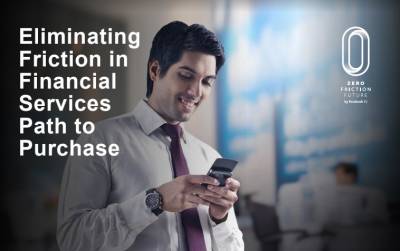
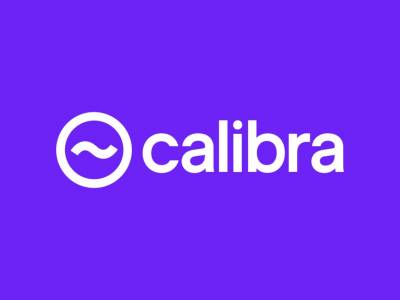
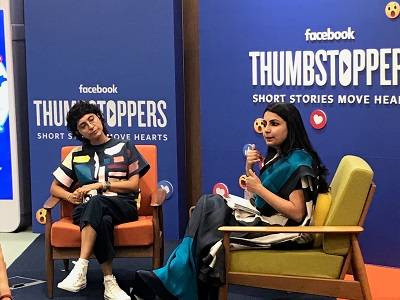
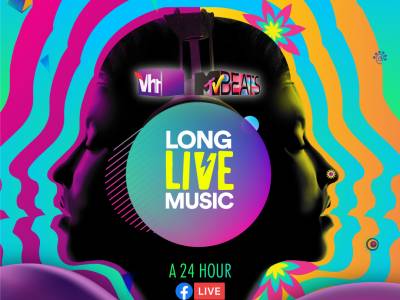
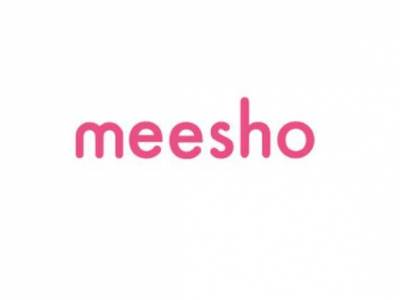

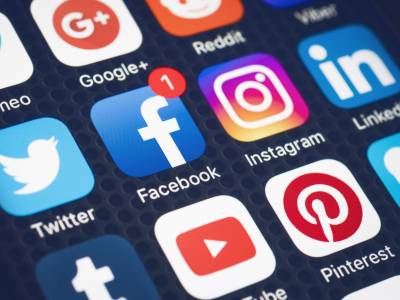


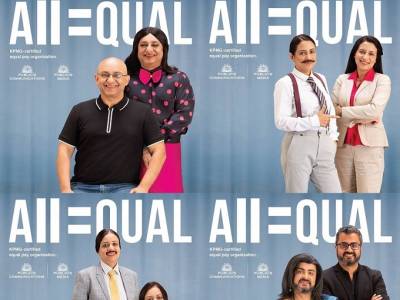
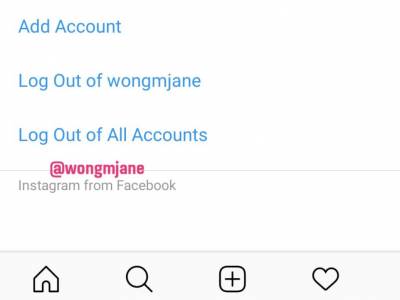





Share
Facebook
YouTube
Tweet
Twitter
LinkedIn